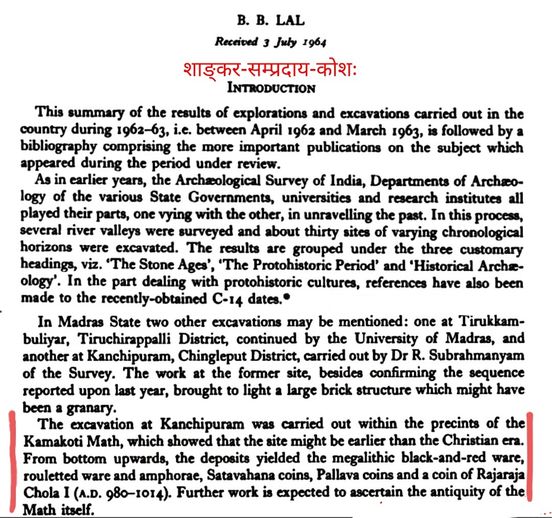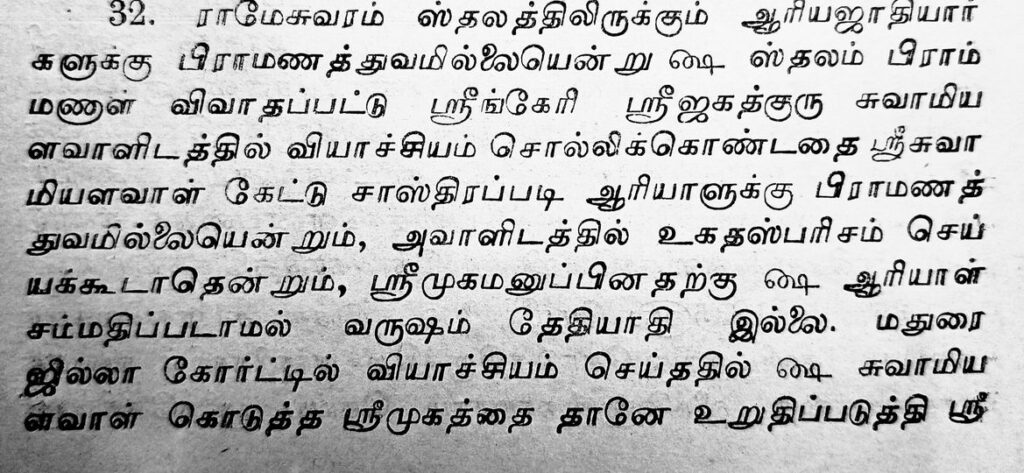The Shivaganga Mutt’s brief history by B. Suryanarain Row is a rich compilation of the ancient history of Shivaganga kshrtra, Shri Adishankaracharya, the matha’s foundation & the lineage of Jagadguru Acharyas and traditional honours shown to this Sankarite institution by the Mysore Principality.
This 1914 publication not only explores the historical facets but also highlights the various privileges and special status enjoyed by the Shivaganga matha over the ages akin to the Sringeri matha founded by Sri Adishankara Bhagavatpada on the bank of Tungabhadra. The Mysore Government’s recognition, backed by precise legal and historical evidence, is meticulously examined by the author. This unique work dispels the misconception of considering the Shivaganga matha as a mere branch or shakha of the Tunga matha, providing clarity on its distinct identity and significance.













